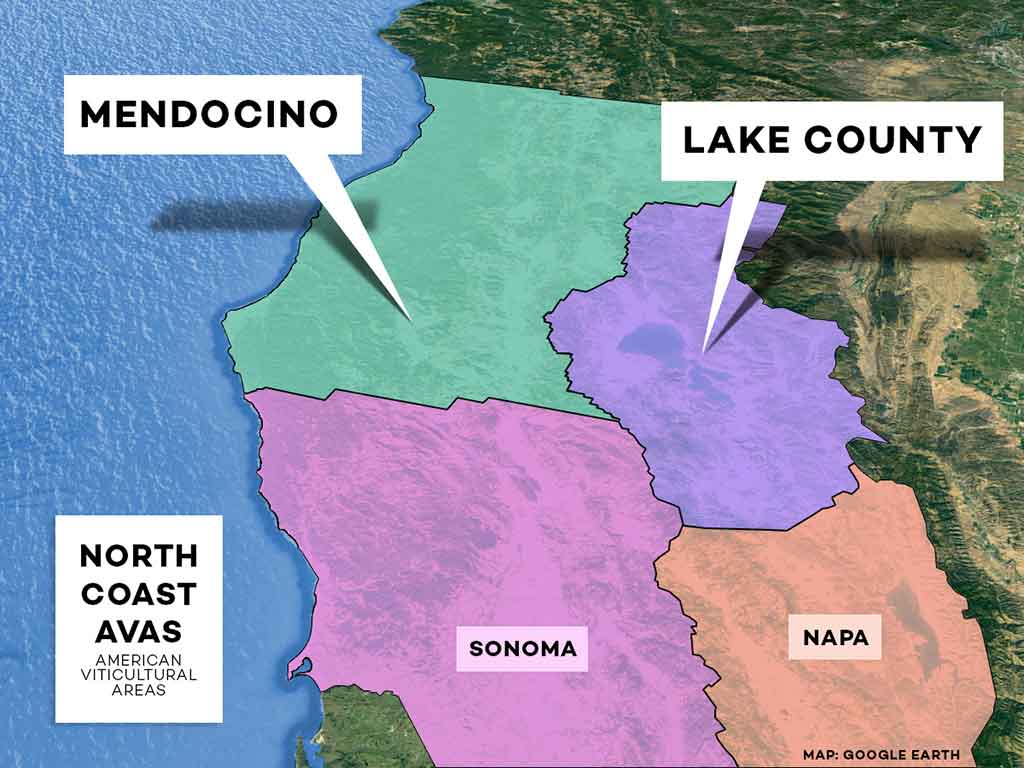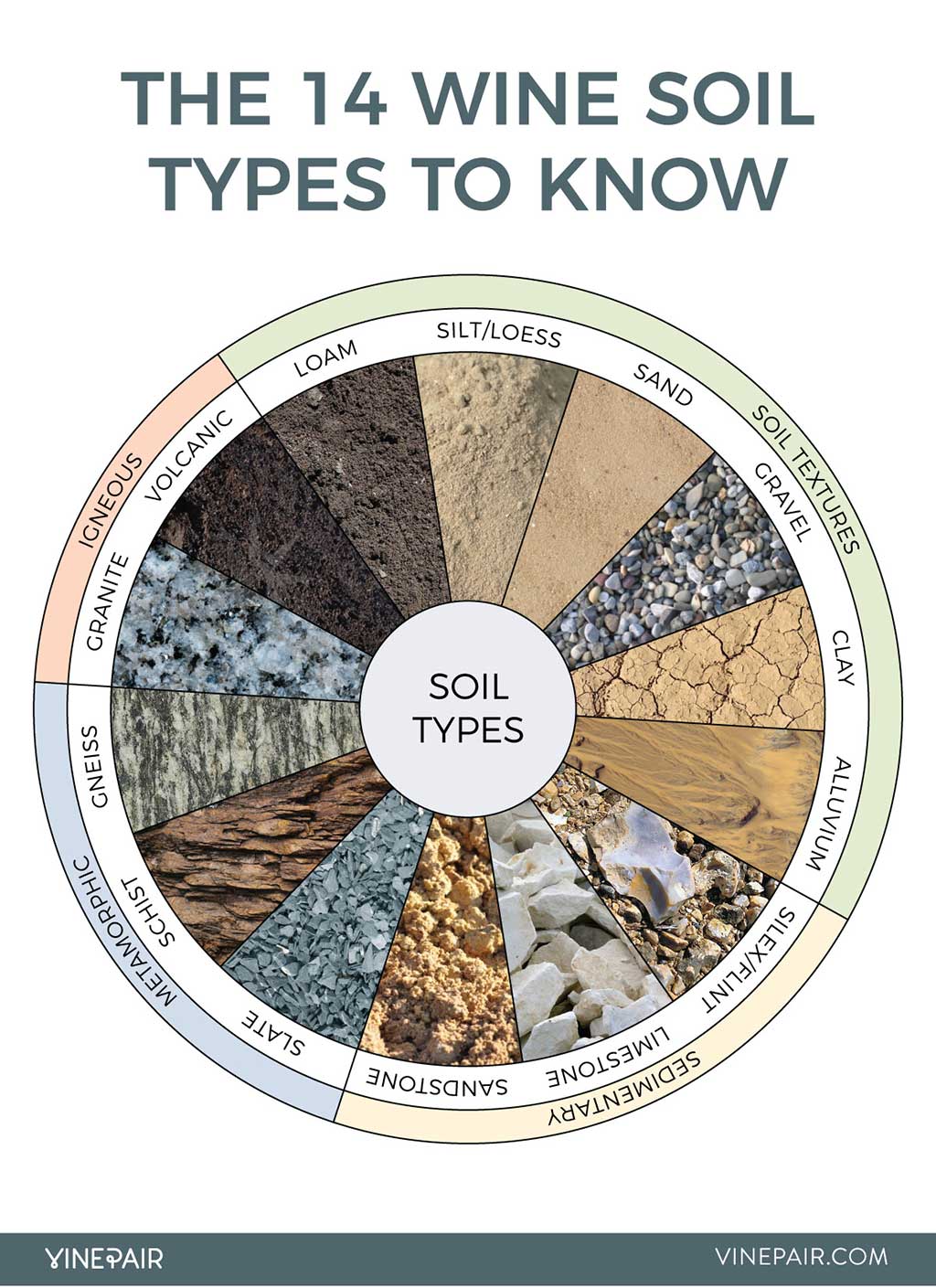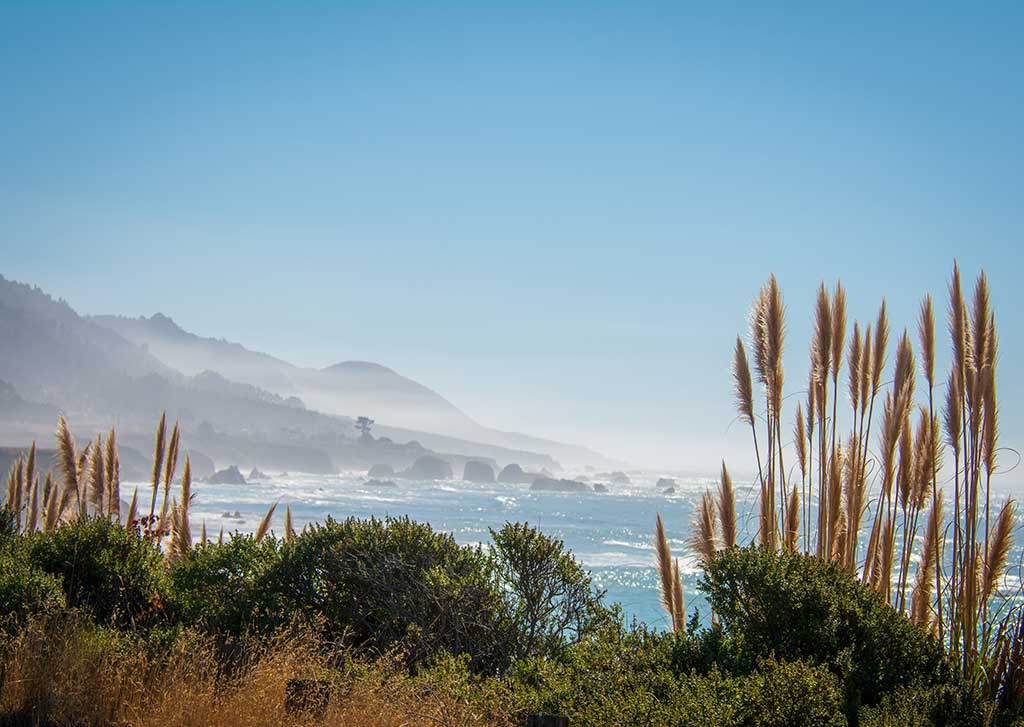 This Northern part of California is the theater of a very interesting geological location called the Triple Junction. Three tectonic plates converge at this very point, the Gorda plate, the North American plate and the Pacific plate. The region is dominated by Mesozoic-to-Cretaceous aged rocks called the Franciscan Complex. Walking through the vineyards, we can come across sandstone, shale, blueschist and many volcanic rocks at our feet.
This Northern part of California is the theater of a very interesting geological location called the Triple Junction. Three tectonic plates converge at this very point, the Gorda plate, the North American plate and the Pacific plate. The region is dominated by Mesozoic-to-Cretaceous aged rocks called the Franciscan Complex. Walking through the vineyards, we can come across sandstone, shale, blueschist and many volcanic rocks at our feet.
 Mendocino enjoys a cool Maritime climate. Summer days can be cooled by fog, while daytime highs average in the upper sixties and lows in the fifties. Winters rarely, if ever, see frost or snow, thanks to the Pacific Ocean. Mendocino averages about 43 inches of rain per year concentrated mainly in fall, winter and spring.
Elegance and organics are the keywords for Mendocino wine. The region contains one-third of all the organic vineyards in the entire state of California.
Mendocino enjoys a cool Maritime climate. Summer days can be cooled by fog, while daytime highs average in the upper sixties and lows in the fifties. Winters rarely, if ever, see frost or snow, thanks to the Pacific Ocean. Mendocino averages about 43 inches of rain per year concentrated mainly in fall, winter and spring.
Elegance and organics are the keywords for Mendocino wine. The region contains one-third of all the organic vineyards in the entire state of California.

 Pinot Noir, Chardonnay, and Sparkling Wine are produced in regions like Anderson Valley and Mendocino Ridge. These two cooler growing regions, near Philo, offer wines with big fruit, great acidity levels and a high alcohol content, all of which allow for an excellent aging potential.
The majority of the region is planted with Chardonnay and Pinot Noir, but Mendocino has several unique wine varieties that include older plantings inspired by its Italian-influenced heritage, including Barbera, Carignan, Arneis, Cortese, and Gewürztraminer. Mendocino Ridge was approved as an AVA in 1997, yet it has some of the oldest producing vineyards in Mendocino County. The first modern plantings were established by Italian immigrants and date to the late 1800s.
[caption id="attachment_38149" align="alignnone" width="1024"]
Pinot Noir, Chardonnay, and Sparkling Wine are produced in regions like Anderson Valley and Mendocino Ridge. These two cooler growing regions, near Philo, offer wines with big fruit, great acidity levels and a high alcohol content, all of which allow for an excellent aging potential.
The majority of the region is planted with Chardonnay and Pinot Noir, but Mendocino has several unique wine varieties that include older plantings inspired by its Italian-influenced heritage, including Barbera, Carignan, Arneis, Cortese, and Gewürztraminer. Mendocino Ridge was approved as an AVA in 1997, yet it has some of the oldest producing vineyards in Mendocino County. The first modern plantings were established by Italian immigrants and date to the late 1800s.
[caption id="attachment_38149" align="alignnone" width="1024"] From left to right: Cabernet Sauvignon, Cabernet Franc, Sauvignon Blanc and Merlot grapes[/caption]
Field blends of red varieties, primarily Zinfandel, were planted, and Zinfandels produced from old vines in this region have been legendary. Today, Zinfandel is still prized in this AVA, just as Pinot Noir and Chardonnay are.
The Mendocino Ridge AVA is a noncontiguous trio of ridges defined by vineyards at least 1,200 feet or more in elevation and within 10 miles of the Pacific Ocean. It is California’s first and only noncontiguous AVA. Because of the hilly terrain of the AVA, lower elevations are not included. The ridges are high above and surrounded by coastal fog, fostering the name “Islands in the Sky.”
From left to right: Cabernet Sauvignon, Cabernet Franc, Sauvignon Blanc and Merlot grapes[/caption]
Field blends of red varieties, primarily Zinfandel, were planted, and Zinfandels produced from old vines in this region have been legendary. Today, Zinfandel is still prized in this AVA, just as Pinot Noir and Chardonnay are.
The Mendocino Ridge AVA is a noncontiguous trio of ridges defined by vineyards at least 1,200 feet or more in elevation and within 10 miles of the Pacific Ocean. It is California’s first and only noncontiguous AVA. Because of the hilly terrain of the AVA, lower elevations are not included. The ridges are high above and surrounded by coastal fog, fostering the name “Islands in the Sky.”
 Our Terroir 2018 Zinfandel was produced from several vineyards in Mendocino. Enjoy this wine now and experience all of the beauty the terroir of Mendocino has to offer.
Our Terroir 2018 Zinfandel was produced from several vineyards in Mendocino. Enjoy this wine now and experience all of the beauty the terroir of Mendocino has to offer.





